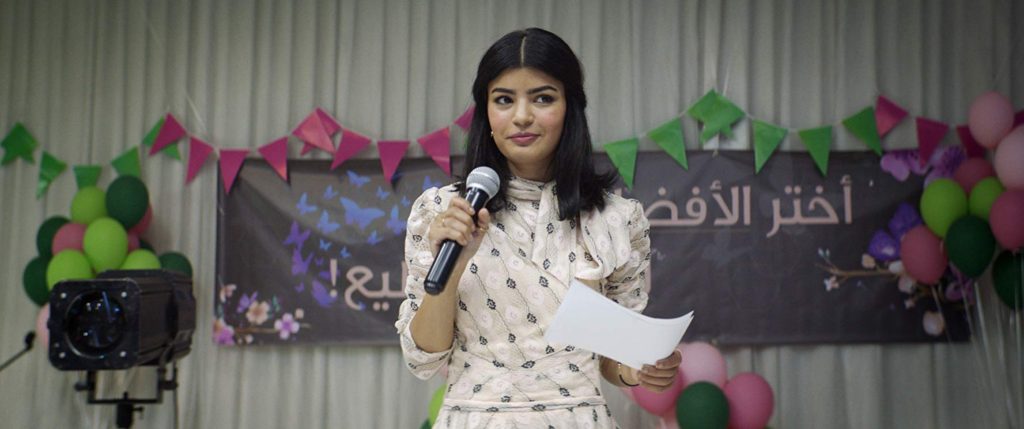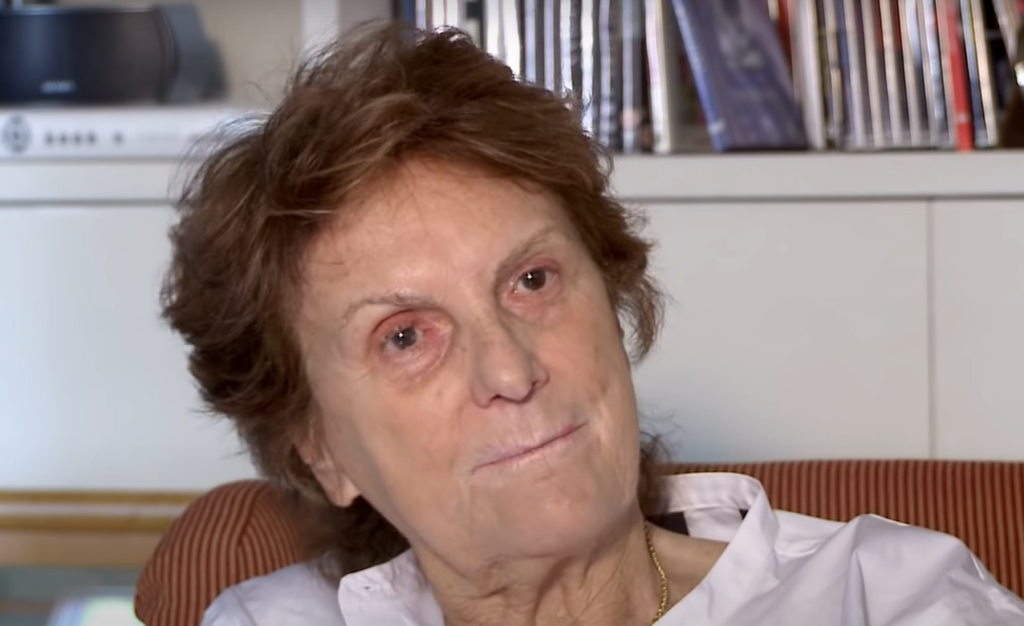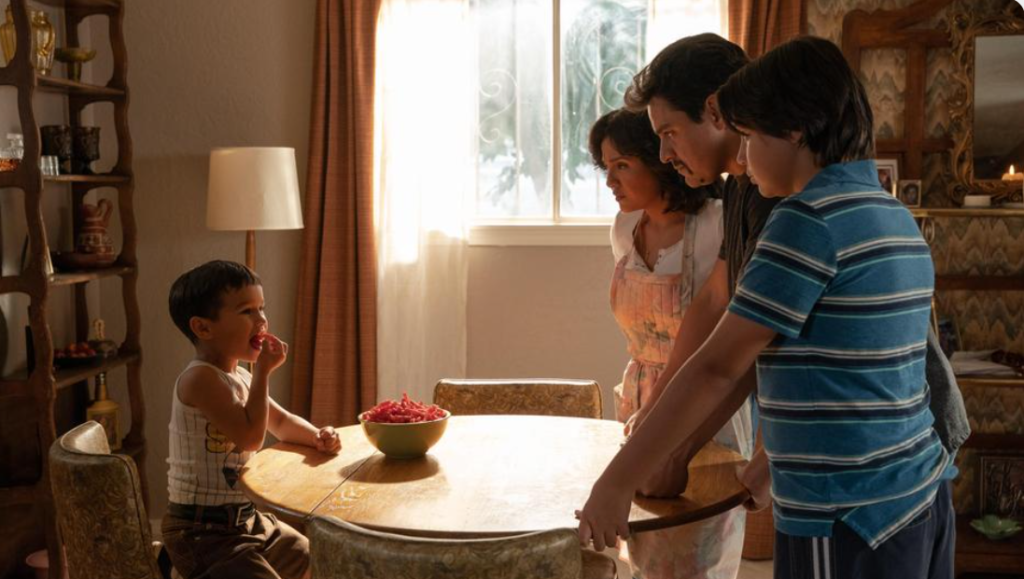Historically, Venice Film Festival has not seemed to give a shit about gender parity or inclusion. Artistic director Alberto Barbera has said he would rather quit than set gender quotas. In the wake of the #MeToo and #TimesUp movements, the fest has basically trolled those who criticize it for its gender bias. For example, this year, Venice has included pics from alleged sexual predators James Franco and Nate Parker as well as admitted rapist Roman Polanski — yet Haifaa Al-Mansour and Shannon Murphy are the only women with films screening in Competition. And last year, the Festival had just one woman director, Jennifer Kent, selected for Competition.
On the brighter side, Venice does appear to be taking baby steps when it comes inclusion of female filmmakers. Last year it signed the Gender Parity Pledge and yesterday it hosted its first parity event, according to The Hollywood Reporter. The Seminar on Gender Equality and Inclusivity in the Film Industry was organized by Women in Film, Television & Media Italia; Italy’s #MeToo counterpart, Dissenso Comune; the Council of Europe; European film fund Eurimages; and Italian film fund Mibac.
Per the Pledge, Barbera unveiled gender stats at the event, alongside Paolo Baratta, president of the fest’s parent org La Biennale, Council of Europe deputy secretary general Gabriella Battaini-Dragoni, and Eurimages prez Catherine Trautmann. They revealed that Venice’s selection committee is comprised of 14 men and 12 women. Between 22 and 24 percent of film submissions this year were directed by women. Women helmed 25 percent of titles across all sections, 9.5 percent of Competition films (i.e. two films), 21 percent of the Orizzonti sidebar, 12.5 percent of the Sconfini program, and 26 percent of out-of-competition pics.
To put this disparity in perspective, Sundance 2019’s competition was 46 percent-women-directed and Berlinale’s was 40 percent. The source reports that TIFF 2019’s gender ratio, “across its entire selection, will be 74 percent male to 36 percent female this year.” Even the notoriously sexist Cannes bested Venice: its 2019 competition was 19 percent-women-helmed.
Obviously, Venice is way behind. Yet Baratta responded — presumably with a straight face — that he “totally rejected” the notion that his festival is biased. Barbera, for his part, stuck to the tired it-should-be-about-the-movies-not-the-directors line. “We can wonder if we can do better,” he said. “We think the main criteria is the quality of films — we don’t want to be indulgent with respect to the gender of directors.” Meanwhile, he basically shrugged off the goal of 50-50 representation, commenting that it “would take years to achieve.”
(Hint: It wouldn’t if Venice actually made parity a priority.)
Fortunately, not everyone who attended the Seminar was as clueless as Barbera and Baratta. Women In Film, Television & Media Italy’s vp Margherita Chiti emphasized that festivals often lead filmmakers to other opportunities. “It is important to recognize that although festivals are at the end of the pipeline, they are critical events that provide unparalleled visibility to the project and its directors and actors,” she said. “Hence, we believe that the Venice Film Festival is crucial in reaching our goal of offering female filmmakers the same opportunities as their male counterparts.”
In a panel discussion with producer Jan Chapman and Women in Film’s Domizia De Rosa, “American Psycho” director Mary Harron spoke in praise of gender quotas, especially in terms of government support. “If it is government funding, tax dollars, it should go 50-50 male and female,” she said. “Because quotas do work. … You have to tip the scales when the scales are tipped against you.”
And they certainly are tipped against women. According to data De Rosa presented, only nine percent of Italian features produced from 2008-2018 were directed by women — 153 films as compared to the 1,493 helmed by men. Mibac found that 18 percent of 2017-2018 submissions were from women producers. Twenty percent of the org’s funds went to women-backed projects. “Even when female directors do get funding, the study found that they are paid, on average, more than 11 percent less than their male counterparts,” THR notes.
Since launching a gender equality initiative in 2012, Eurimages has seen an increase in women’s submissions. In 2012, women were submitting 17 percent of eligible projects; last year, 28 percent. In 2008, 91 percent of Eurimages’ funding went to male-directed films and nine percent to women-helmed projects. Last year, 70 percent of funds went to male directors’ projects and 30 percent to women’s.
There is still a particularly stubborn disparity in terms of budget, however. Eurimages revealed that nearly 25 percent of projects submitted by male directors’ had budgets over €5 million ($5.5 million USD), versus nine percent of women directors’ submissions.
Venice Film Fest will run through September 7.







